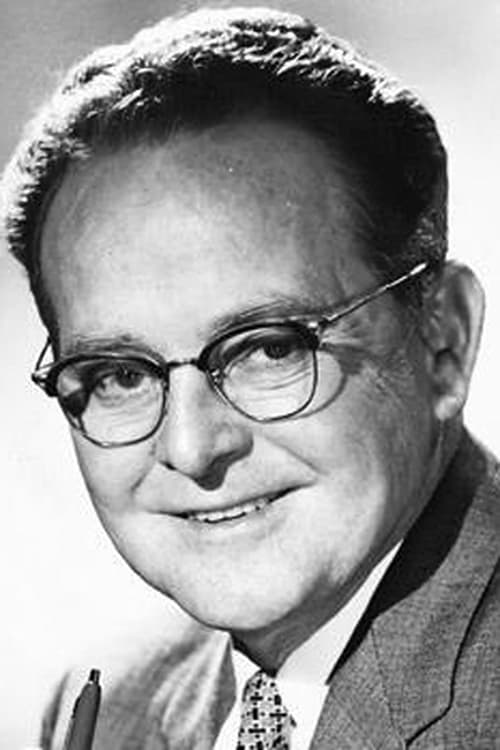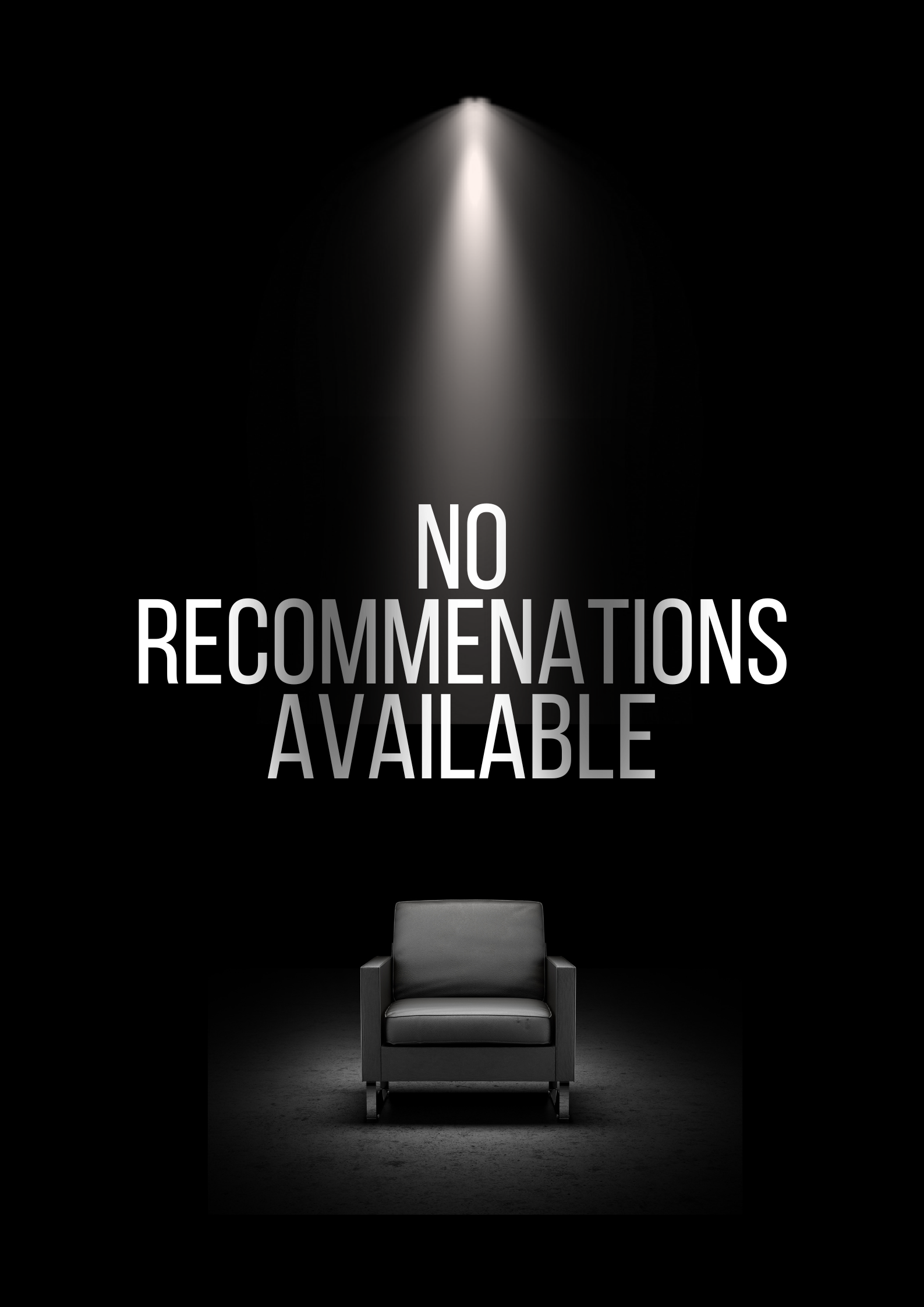Cast & Crew
1 member
Acting
James A. FitzPatrick
Narrator (voice)

Similar Movies
Recommended Movies

No Recommendations Yet
We're working on finding the perfect movies for you. Check back soon!
More movies coming soon
Narrator (voice)


We're working on finding the perfect movies for you. Check back soon!